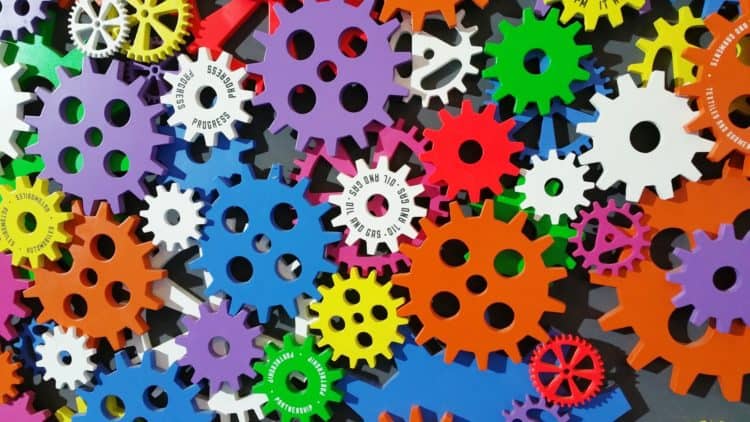The global factory automation market was valued at US$242.5 Billion in 2021 and is projected to reach US$558.8 Billion by 2031, growing at a CAGR of 8.7% from 2022 to 2031.
Drivers of growth
With few alterations to the market structure, factory automation has developed gradually. However, due to technological disruptions, macro trends including reshoring, a worldwide shortage of trained workers, and environmental, social, and governance (ESG) initiatives, the rate of change is quickening.
Over the course of the projection period, it is predicted that the factory automation market will grow significantly because of the increased need for automation for reliable and high-quality production.
Additionally, industry participants are focusing on improving the manufacturing process efficiency to produce goods that are both affordable and of high quality, which has a big impact on the size of the factory automation market.
Factors influencing factory automation
The demand for factory automation solutions is driven by the development of 5G wireless technology and the adoption of Industry 4.0 in several industries, including fibre & textiles, infrastructure, plastics, pharmaceuticals, and others.
Industrial IoT, digital twin, and digitization The rise of teach-less robots, soft programmable logic controllers (PLCs), and digital twins are predicted to be the three major trends in the factory automation sector. This factor is expected to drive the Factory Automation Market.
Factories with fully functional automation systems will unquestionably outperform businesses with fewer or no robotics. Theoretically, those with the most advanced automation systems may generate more than three times as much as their rivals.
Systems that automate tasks can also operate for longer periods of time. Even if factories with fully developed automation systems must produce more complex items, this helps to boost the volume of output.
Additionally, since machines are programmed to operate with extreme precision and exceptional efficiency, automation systems guarantee that there is little room for human error throughout manufacturing. It is also known that one robot can produce at a rate comparable to three to five workers. This factor is expected to drive the Factory Automation Market.
Modern automation makes it possible for factories to run considerably more cheaply. Nowadays, a few individuals and a few robots produce goods instead of hundreds of workers on an assembly line.
Gaining a profit and a return on investment (ROI) will be simpler for businesses. Payroll, benefits, insurance, and sick leave costs can all be decreased by using more robots and fewer workers. This factor is expected to drive the Factory Automation Market.
The automation systems in factories can now be upgraded continuously to work in a more environmentally responsible manner. Modern systems are known to have a smaller environmental impact.
Modern machinery is more accurate and controlled, uses less power, and produces less waste heat. Machines can also be mounted on walls, which are typically underused in traditional factories and can be placed in tight corners to save even more floor space.
Additionally, it permits businesses to add more machines inside the plant. Additionally, robotics' accuracy reduces the amount of scrap produced during production. This factor is expected to drive the Factory Automation Market.
Not only will manufacturing be more affordable because of robots, but it will also be much safer. The days of factory workers accidentally hurting themselves while the product was being made are long gone. Humans are still required, but only to manage and supervise production, apply the finishing touches, and check and guarantee the quality of the final items. This factor is expected to drive the Factory Automation Market.
Market segmentation
The factory automation market is segmented by component (sensors, controllers, switches and relays, industrial robots, drives, others), control and safety system (distributed control system (DCS), supervisory control and data acquisition system (SCADA), manufacturing execution system (MES), systems instrumented system (SIS), programmable logic controller (PLC), human-machine interface (HMI)), and by industry verticals (automotive manufacturing, food and beverage, oil and gas processing, mining, others).



